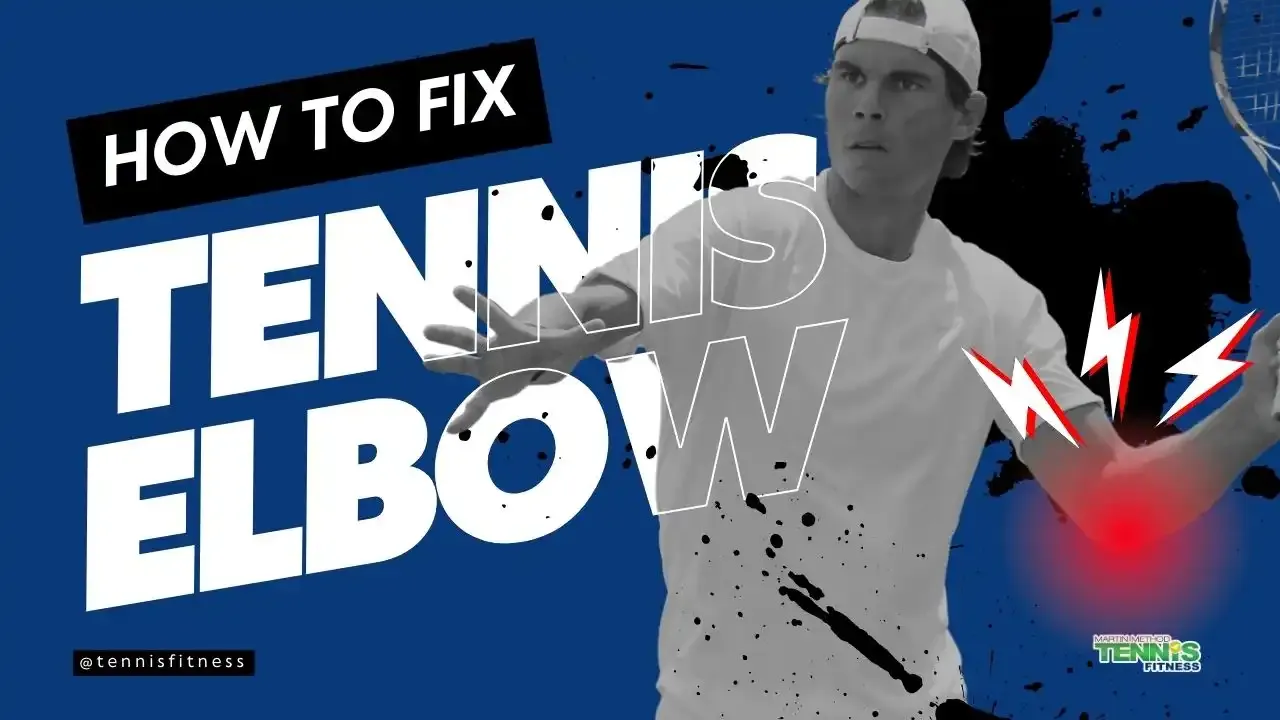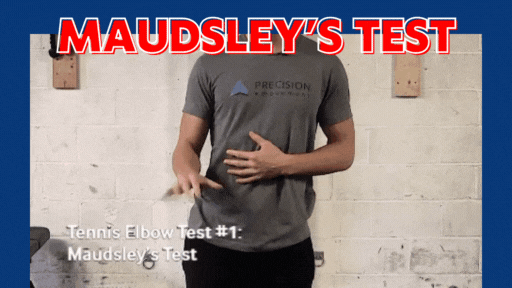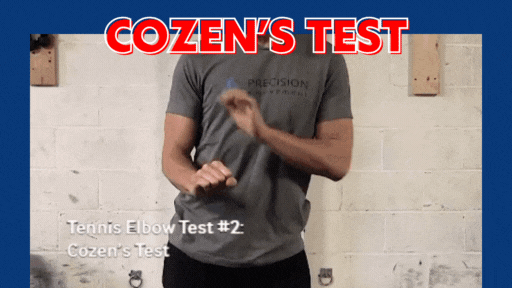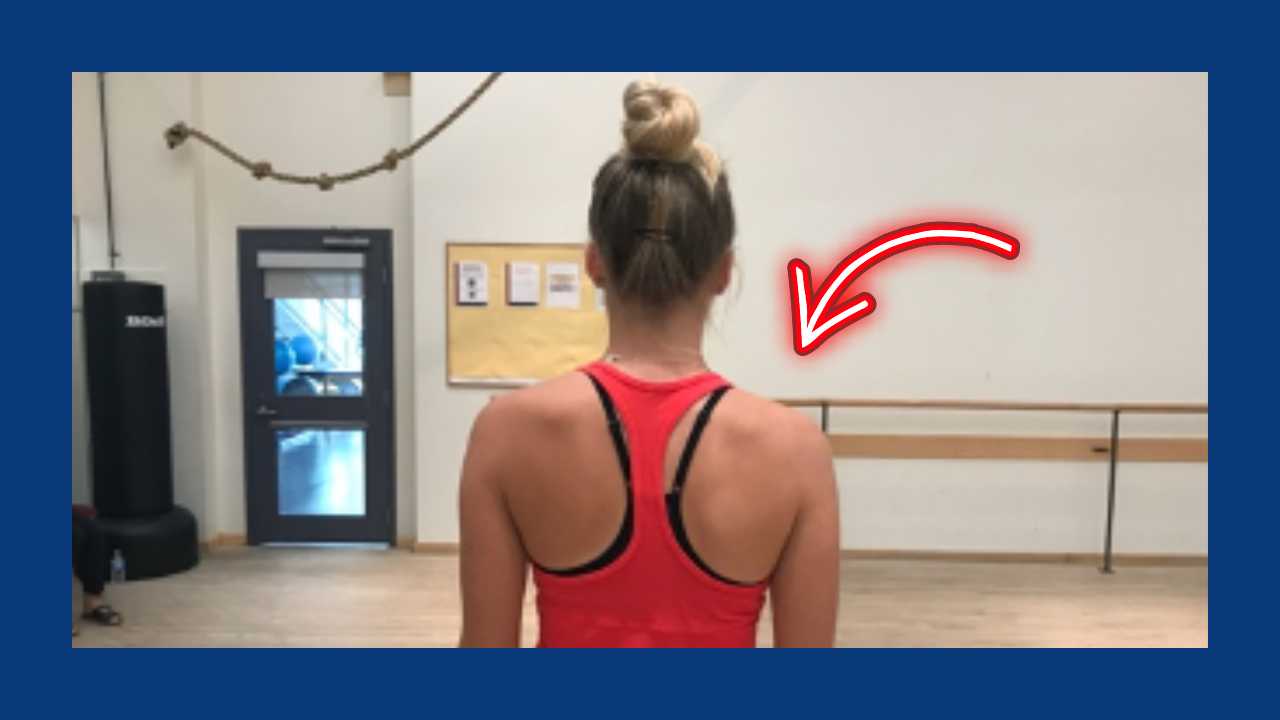How To Fix Tennis Elbow Pain
Sep 21, 2023
Tennis elbow is one of the most common tendinopathies affecting the elbow and can be a tricky condition to fix. Have you had pain on the outside of the elbow that won’t go away, despite doing all the right things? If so, we will take you through a couple of steps that can help make all of the difference.
What is a Tennis Elbow?
Not everyone who gets tennis elbow actually plays tennis, and it is not very common in professional tennis players. It can, however, affect recreational tennis players, particularly when they hit a backhand or anyone who performs repetitive movements using the wrist. Tennis Elbow is a degenerative condition that affects the extensor carpi radialis brevis tendon (ECRB). A tendon attaches a muscle to bone, and every time you extend your wrist, you use this muscle, which pulls on the tendon attachment.
The tendon is made up of a number of threads of collagen. There is a natural injury and repair process that happens to the collagen fibers throughout the tendons with activity. If we do not repair all of the collagen fibers in the tendon that are injured, then eventually enough of the tendon is damaged, and painful symptoms develop when we load the area.
So, tennis elbow is an overuse injury that occurs when there is more tissue breakdown versus repair. This sets off a cascade of pain, weakness, and stiffness in the elbow and forearm of the affected side.
Classically you will have tenderness over the outside of the elbow if you suffer from tennis elbow. If you think you have tennis elbow, place your palm up to the ceiling with your elbow bent 90°, feel for the bone over the outside of your elbow, that is the lateral epicondyle, press just below this bone and it may send you through the roof, as this is where the ECRB tendon lives.
The tenderness is an indication that there could be a partially torn tendon.
Try the following two maneuvers to determine if you have the other signs of tennis elbow.
Check out Maudsley’s Test and Cozen’s Test as these will be painful if you suffer from tennis elbow.
TEST #1

Hold your wrist in a neutral position and press down on your third finger.
It is positive if you have pain over the lateral elbow.
TEST #2

Make a fist and point your palm towards the floor. Radially deviate (bring your thumb towards your body) and extend your wrist.
Apply pressure to the first knuckle with the palm of your other hand. If you have pain with this test, you may have tennis elbow.
Tennis Elbow Treatment
Traditional treatment for tennis elbow?
- Rest and anti-inflammatory measures allow the damaged tissue to repair (ice, ultrasound, and massage).
- Stretch the forearm muscles.
- Eccentrically strengthen the ECRB muscle, which is thought to create length to the muscle and tendon while it heals.
- Use a tennis elbow brace to protect the tendon while returning to activity and continuing strengthening.
Generally, it takes about 6 weeks for the ECRB tendon to heal, and another 6 weeks to strengthen the muscles. These traditional measures may do the trick, but I have found that there are two hidden causes for mechanical overload on the lateral aspect of the forearm that may prevent a smooth recovery.
If you are struggling to return to your sport because your tennis elbow seems to be cured, but as soon as return to play, so does your pain, then consider these two often neglected aspects of recovery:
- Loss of the kinetic chain. As you can see in the BELOW picture, the player’s right shoulder blade is lower than the left. When I see this on physical examination, I know that the force transfer from the legs and core is lost and the athlete will have to generate more power for their strokes using the arm muscles. Biomechanical studies have shown that loss of the kinetic chain will increase the force on the shoulder, elbow, and wrist by up to 3 times. This can lead to an overload of the ECRB tendon.

2. Failure to activate the synergistic muscles in the forearm. There are approximately 20 muscles in the forearm. Oftentimes, rehab focuses on just the ECRB tendon. However, it is crucial to awaken all of the little muscles in the forearm so that they are working together to stabilize the elbow and wrist. As you can imagine, if you only have one guy doing the job of twenty, he is going to have to work too hard, leading to overuse injury. So, add these exercises to your rehabilitation regime for success 👉 Watch Full Video
Final Thoughts:
- Make sure that you have good technique and the proper equipment. Check with your local tennis pro to make sure that you are generating all the force from your legs and not from your arm when hitting your tennis strokes. Sometimes if you change to polyester strings and do not decrease your tension you can get overuse problems in your arm.
- Adjust the volume of tennis play to your fitness level, if you have just started to play and you have not built endurance and strength in your arm, then you could overuse the muscles and stress the ECRB tendon making it vulnerable to injury. Check out the 👉 Martin Method Tennis Fitness Programs to make sure your body is ready for your time on the court!
By Dr. Erin Boynton M.D.
doctorerinb.com
Dr. Erin Boynton is a world-renowned orthopedic surgeon and expert medical witness. Throughout her career as a surgeon and sports doctor, she has worked with many professional sports teams, including the Toronto Maple Leafs and the Toronto Argos, and she was the first female orthopedic surgeon to work in the MLB and NHL. For the last 20 years, she has acted as the Medical Director for the Rogers Cup WTA tennis tour. We encourage any player, coach, or parent who is seeking medical advice and guidance to contact Dr. Boynton for help. There is not much she has not seen, heard, and fixed! We have always found her extremely approachable, caring, and professional.



